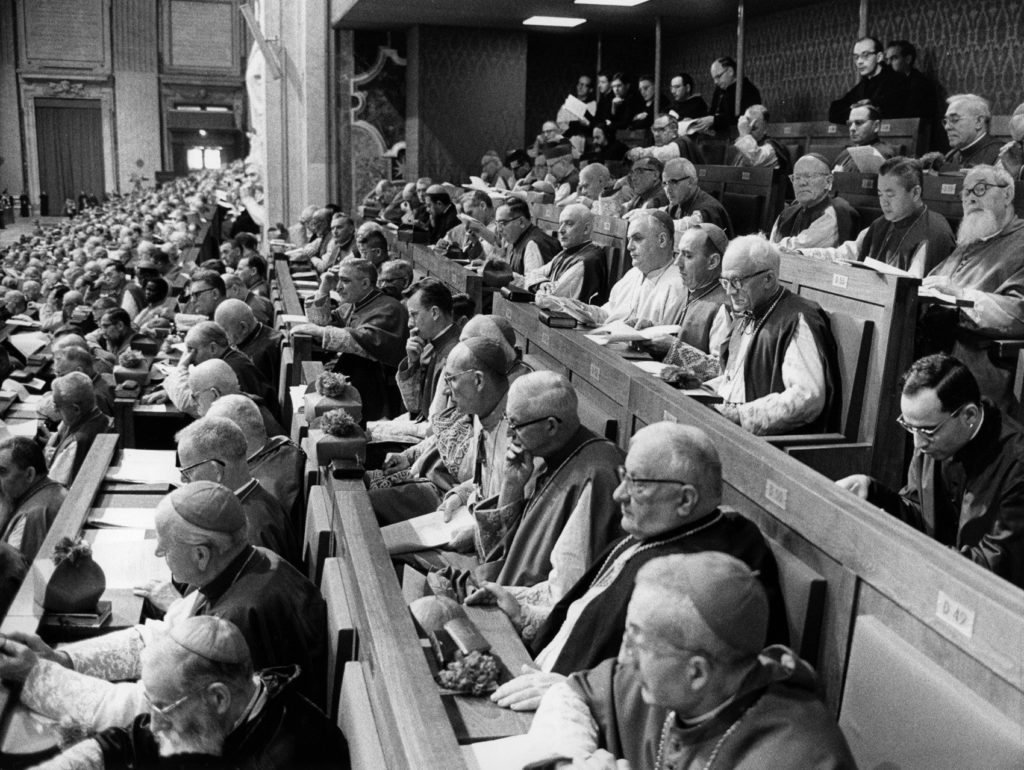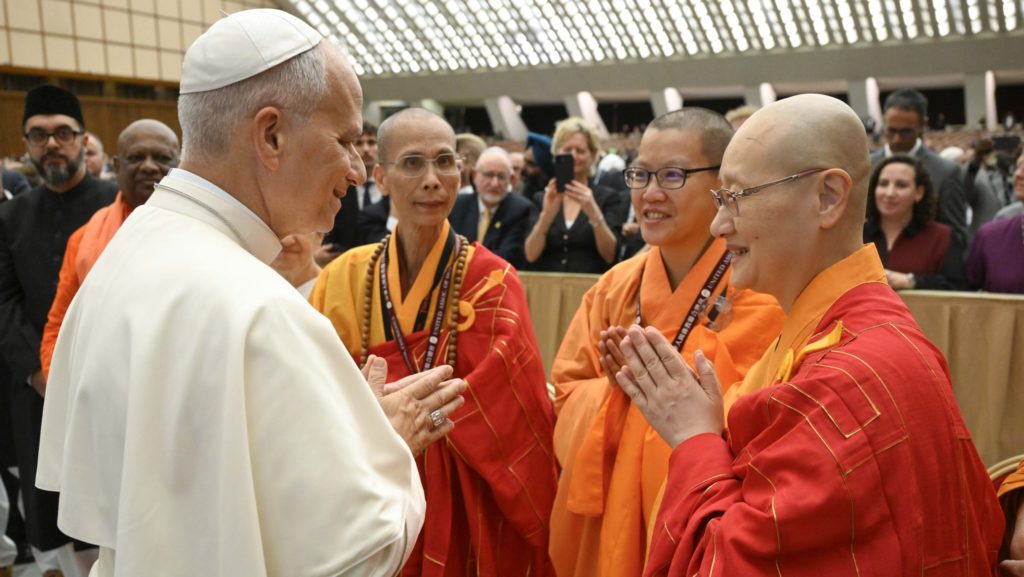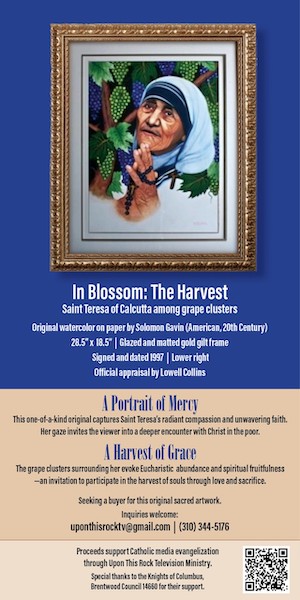We have by now come to think of interreligious events as normal and ceremonial. Of course, popes and bishops visit synagogues and meet with rabbis. Why wouldn't they?
Yet, a short time ago, such events were “inconceivable,” to quote the late Chief Rabbi of London Jonathan Sacks.
If they happen routinely now, Sacks explained, it is because the document “Nostra Aetate” (“In Our Time”), which was released 60 years ago this month, “brought about one of the greatest revolutions in religious history.”
“Nostra Aetate,” released on Oct. 28, 1965, was the Second Vatican Council’s “Declaration on Non-Christian Religions.” The shortest of the council’s 16 documents, it was passed by a large majority of the bishops. Less than 4% voted against it.
“Revolutions” rarely happen so easily and with so little opposition. For this one, the moment was right.
In the runup to the council, St. Pope John XXIII made clear that he wanted the gathered bishops to produce a document on the Church’s relationship with the Jews.
The Holocaust was a very recent memory, and everyone had seen the harrowing photographs and read or heard the numbers. More than 6 million Jews had been killed by the Nazis — one-third of the Jewish population worldwide and two-thirds of European Jews.
During World War II, John (then Angelo Roncalli) was serving as the Vatican’s envoy to Turkey, and he had worked to save many lives. He provided Jews with immigration certificates for Palestine and temporary baptismal certificates. As a diplomat, he intervened with other countries to help refugees, and he used diplomatic channels to assist in rescue efforts.
In the postwar years, Archbishop Roncalli — like Pope Pius XII, the pope at the time — were widely honored for these efforts.

Yet they faced the question of how the Holocaust could have happened in countries that were at least nominally Christian. The circumstances forced an examination of conscience in the Church, a reconsideration of the language used to describe the place of the Jews in salvation history.
John assigned Cardinal Augustin Bea, a Jesuit and biblical scholar, to draft a document on the Jews for the coming council. Bea consulted a wide range of experts, including the renowned rabbi Abraham Joshua Heschel.
The initial focus on Judaism met resistance, however, from non-European bishops. Those from the Middle East expressed concern that focusing only on Jews would be seen as a political statement and would negatively impact Christian minorities in Muslim-dominated countries. Bishops from Asia argued that the situation of Christians living as minorities among other world religions (Hinduism, Buddhism) was being overlooked.
Bea and his experts recast the text so that these concerns were addressed, while the document lost none of its force as a statement on the relationship of Catholics and Jews. The final document declared that “the Jews should not be spoken of as rejected or accursed as if this followed from Holy Scripture.”
This had many practical effects in the years to come. There was a Churchwide effort to revise catechetical materials and even liturgical rites so that they could not be misunderstood or used to justify anti-Judaism. Most famously, a medieval prayer that spoke of “perfidious Jews” was dropped from the rites for Good Friday.
In 1974, the Vatican Commission for Religious Relations with the Jews issued “Guidelines and Suggestions for Implementing the Conciliar Declaration ‘Nostra Aetate’ ” and in 1985 “Notes on the Correct Way to Present the Jews and Judaism in Preaching and Catechesis in the Roman Catholic Church.”
For most Catholics, these developments were not controversial. Some traditionalists, however, considered them heresy. The French Bishop Marcel Lefebvre opposed “Nostra Aetate” at the council and afterward invoked the text as evidence that Vatican II had strayed from the true tradition of the Church. He argued that “Nostra Aetate” would weaken the faith of Catholics and lead to religious indifferentism.
Lefebvre founded the traditionalist Society of Saint Pius X (SSPX) in 1970 and took the movement into schism in 1988. Since then, dissent from “Nostra Aetate” has been commonplace at the extremes of traditionalism.
But the spirit of the document animated the pontificate of Pope John Paul II, leading to interreligious meetings at Assisi (beginning in 1986) as well as his visit to Jerusalem’s Wailing Wall.
On Oct. 29, Pope Leo XIV paid tribute to “Nostrae Aetate,” noting that all his predecessors since the council “have condemned anti-Semitism with clear words.”
The document, he added, “teaches us to meet the followers of other religions not as outsiders, but as traveling companions on the path of truth.”
“Nostra Aetate” will surely be on the pontiff’s mind as he visits two Muslim-majority countries, Turkey and Lebanon, from Nov. 27 to Dec. 2.

